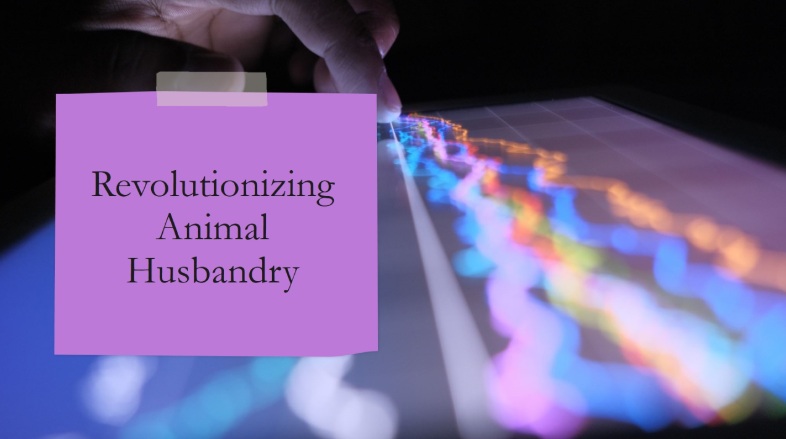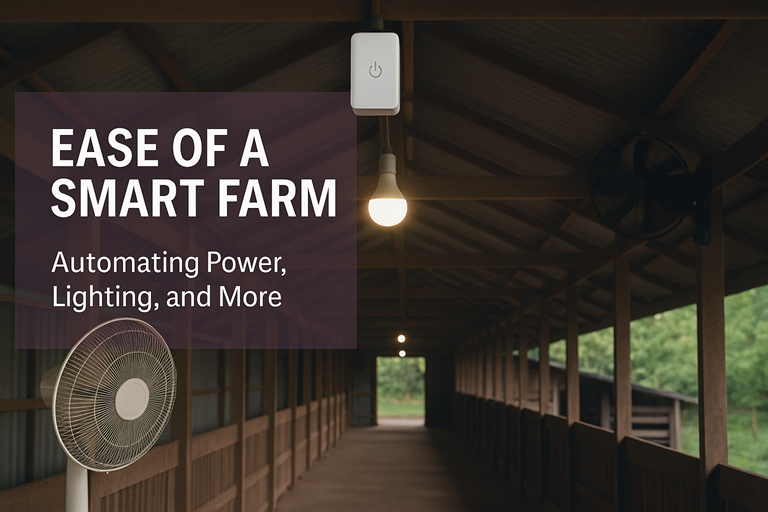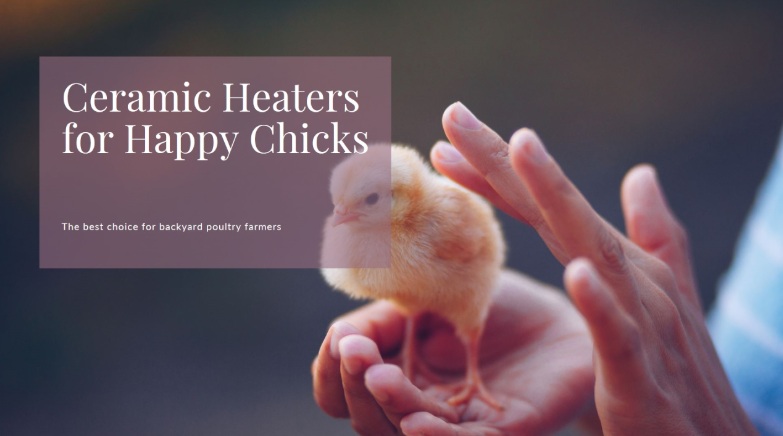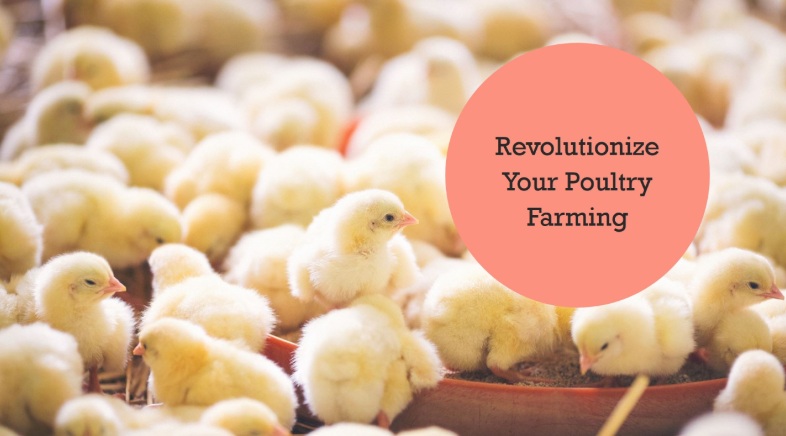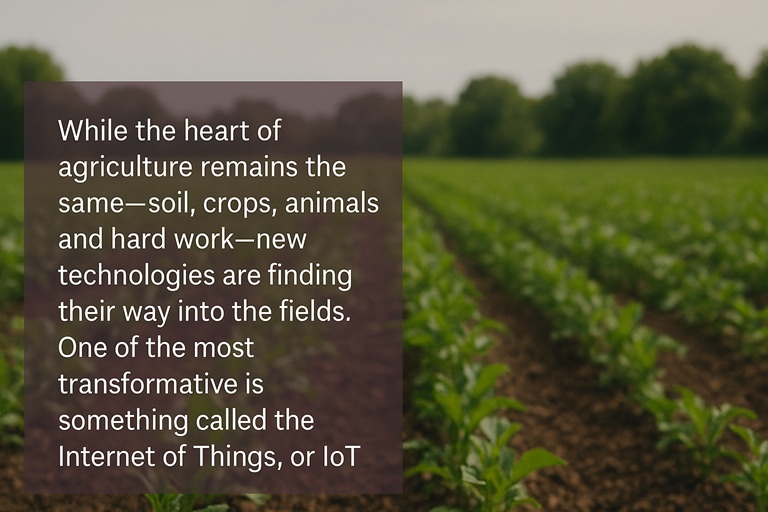In recent years, I’ve witnessed a significant transformation in the agricultural landscape, driven largely by advances in technology. Among these advancements, I’ve found that data science and machine learning are pivotal forces enhancing animal husbandry practices, particularly in raising livestock like poultry and hogs. Integrating these technologies not only promises profitable farming but also addresses pressing issues like food security on a national scale.
One of the foremost benefits I see in applying data science to animal husbandry is the humane treatment of livestock. Precision raising involves using data analytics to closely monitor and manage the health and welfare of animals. By employing machine learning algorithms, I can analyze data from various sources—such as sensors, wearables, and environmental conditions—to make informed decisions about feeding, health interventions, and living conditions.
For instance, predictive analytics help me identify potential health issues before they escalate, allowing for timely interventions that ensure the well-being of the animals. This focus on humane treatment not only enhances the quality of life for livestock but also contributes to higher productivity and better-quality products for consumers.
I’ve also observed that applying data science and machine learning can significantly increase profitability in farming operations. Through data-driven insights, I can optimize feed efficiency, reduce waste, and improve overall productivity. Machine learning models analyze historical data to forecast growth rates, helping me make informed decisions about breeding, feeding schedules, and resource allocation.
Moreover, precision farming techniques allow me to tailor feeding regimens based on individual animal needs, leading to faster growth rates and better feed conversion ratios. This optimization results in lower operational costs and increased profitability, ensuring a sustainable economic model for livestock farming.
As global populations rise, I see the demand for food—especially protein sources like poultry and pork—continuing to surge. Data-driven approaches in animal husbandry are vital for scaling up food production to meet this growing demand. By leveraging technology, I can increase the efficiency of my operations, thereby producing more food with fewer resources.
Incorporating machine learning into my farming practices enables better tracking of livestock production, from birth to market. This level of monitoring ensures that I can meet quality and safety standards while maximizing output. Ultimately, this contributes to a more robust food supply chain, which is crucial for addressing national food security challenges.
Contrary to the belief that technology will replace manual labor, I find that integrating data science and machine learning in agriculture is more about empowering farmers like me. These technologies streamline operations, making tasks easier and more efficient. For example, automated systems can manage feeding schedules, monitor animal health, and even track environmental conditions without constant human intervention.
As a result, I can focus on strategic decision-making rather than being bogged down by repetitive tasks. This shift not only enhances job satisfaction but also allows me to run a better farm with greater efficiency. By combining traditional farming knowledge with cutting-edge technology, I can foster a thriving agricultural economy.
The intersection of data science, applied sciences, and machine learning is revolutionizing animal husbandry, particularly in raising poultry and hogs. By prioritizing humane and precision farming practices, I believe we can create profitable farming operations that also contribute to national food security. Embracing these technological approaches will enable us to enhance productivity, ensure animal welfare, and ultimately strengthen the food economy. As we continue to advance in this technological era, it’s crucial to recognize the potential of data-driven solutions in shaping the future of agriculture.
